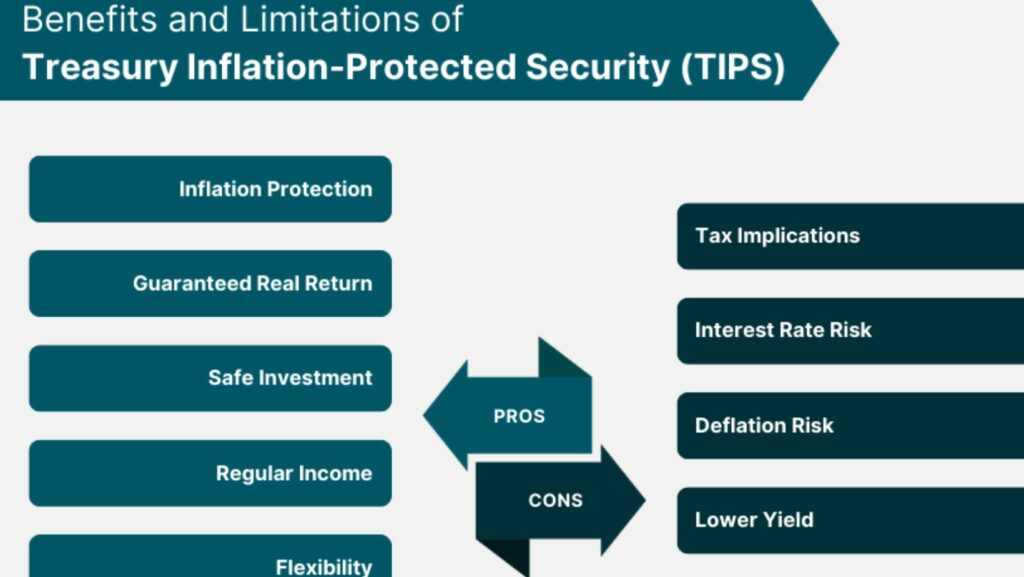Starting your investment journey can be exciting and overwhelming. With so many options, it’s easy to feel uncertain about where to begin. Whether you want to grow your wealth, secure your future, or diversify your income streams, the right choices today lay the foundation for long-term success. However, rushing into investing without understanding key principles can lead to costly mistakes.
Think of your investment journey as a road trip. You wouldn’t hit the road without a map, right? The same applies to investing. Just as a well-planned route helps avoid roadblocks, making informed investment decisions helps you navigate challenges effectively. This applies not only to individual investors but also to those seeking financial stability while planning for future commitments, like settling down with Asian wives and building a family-oriented financial plan. A solid investment strategy now secures the foundation for both personal and financial growth.
Here are eight common mistakes to avoid as you start your investment journey and how to stay on track for long-term success.
1. Failure to Define Your Financial Goals
The first and most crucial step in any investment journey is knowing what you’re investing for. Without clear goals, it’s easy to fall into the trap of aimless investing. Are you looking to build wealth for retirement, save for a down payment on a house, or create a legacy for future generations? Each of these goals requires a different approach and strategy.
Before making any investments, sit down and define your financial goals. Understanding what you’re investing for will help you choose the right investment vehicles and stay focused when markets become volatile. Take the time to assess your short-term and long-term objectives, as well as your risk tolerance.
2. Neglecting Portfolio Diversification
One of the biggest mistakes new investors make is putting all their money into one type of investment. This can lead to unnecessary risk. Diversification is key to managing risk and increasing the potential for returns. By spreading your investments across different asset classes — stocks, bonds, real estate, and more — you reduce the impact of a poor-performing investment.
Think of diversification as an insurance policy. If one investment fails, others can compensate. Avoiding concentration in one asset or sector ensures your portfolio can weather market fluctuations more effectively.
3. Pursuit of Quick Profits
While the allure of quick returns is tempting, focusing on short-term gains often leads to risky investments and missed long-term opportunities. Quick-profit strategies, like day trading or gambling on speculative assets, can lead to big losses. If you’re just starting your investment journey, patience is your ally.
Investing is a marathon, not a sprint. Long-term investing strategies, like buying and holding stocks or investing in index funds, generally provide steadier returns. Focus on consistency rather than seeking immediate profits.
4. Neglect of Fees and Expenses
Investment fees can eat into your returns more than you realize. High management fees, trading commissions, and fund expenses can significantly reduce your profits over time. It’s essential to be aware of the costs associated with your investments.
Look for low-cost investment options, such as exchange-traded funds (ETFs) or index funds. These often offer broad diversification at a fraction of the cost compared to actively managed funds. Even small differences in fees can have a big impact on your portfolio’s growth.
5. Influence of Emotions on Decisions
Emotions like fear and greed often cloud judgment and lead to impulsive decisions. When markets are volatile, many investors panic and sell off their holdings at the worst possible time. Others become overly confident and invest too heavily when markets are at a peak.
Successful investing requires a calm, rational approach. Stick to your investment plan, and resist the urge to react impulsively to market fluctuations. When you make decisions based on emotions rather than analysis, you’re more likely to make costly mistakes.
6. Failure to Build an Emergency Savings Fund
Before diving into investments, ensure you have an emergency savings fund. Life is unpredictable, and unexpected expenses can derail your investment plans. Without an emergency fund, you might have to sell your investments too early during a market downturn, which could lock in losses.
To build your emergency fund, focus on:
- Three to six months’ worth of living expenses
- A high-yield savings or money market account
- Easy access to funds without long-term commitment.
This safety net lets you weather market downturns without the need to liquidate your investments.
7. Market Timing Attempts
Many new investors make the mistake of trying to time the market — waiting for the “perfect” moment to buy or sell. Unfortunately, market timing is almost impossible, even for professional investors. By attempting to time the market, you risk missing out on potential growth.

Instead of trying to predict short-term market movements, focus on consistent contributions and long-term growth. Dollar-cost averaging — investing a fixed amount at regular intervals, regardless of market conditions — is a strategy that works well for most investors.
8. Disregard for Regular Portfolio Reviews and Adjustments
Investment strategies need regular reviews to stay aligned with your financial goals. As life circumstances change, such as career advancement, buying a home, or even getting married, you may need to adjust your investment strategy. Ignoring portfolio reviews can result in an investment mix that no longer aligns with your goals.
Set up periodic check-ins, whether quarterly or annually, to evaluate your investments. During these reviews, consider reallocating funds, updating your goals, or adjusting your risk tolerance.
The Key to Investment Success: Consistency and Discipline
The decision to start investing paves the way for long-term financial security and freedom. However, it’s important to avoid the common mistakes that can hinder your progress. By defining your goals, diversifying your portfolio, being patient, and reviewing your investments regularly, you set yourself up for long-term success.
Whether you’re saving for retirement, a home, or other future milestones, taking the right steps now guarantees that your investments will work for you. Remember, successful investing is about consistency, discipline, and keeping your eyes on your long-term goals. Avoiding these eight mistakes will help you navigate the investment landscape with confidence and clarity.



